Introduction
Driving at night can be a daunting task due to decreased visibility and the blinding glare of oncoming headlights. However, the evolution of car lamp technology is set to revolutionize this experience. From the early days of carriage lamps and combustible gas lights to the advent of electric headlamps, the journey of car lighting has been remarkable. Today, we stand on the brink of a new era in automotive illumination, with innovations like laser lights, adaptive headlights, and OLEDs promising to enhance visibility, safety, and energy efficiency. This article delves into these latest car lamp innovations and how they are transforming the experience of night drives.
The Importance of Proper Car Lighting for Night Drives
Night driving presents unique challenges, including decreased visibility and blinding headlight glare. These factors contribute to a higher risk of serious accidents. Low light negatively affects depth perception, color recognition, and peripheral vision, crucial for reacting effectively to unexpected hazards. Headlight glare, the blinding effect of other drivers’ headlights, can cause drivers to slow down unexpectedly or drift out of the lane. Proper car lighting is therefore essential for safe night driving, helping to mitigate these risks and enhance visibility.
Understanding the Limitations of Traditional Car Lamps
Traditional car lamps, or headlamps, have seen significant evolution since their inception. Initially, they used carriage lamps, which were unsuitable for high-speed travel. The earliest headlamps were fuelled by combustible gas, such as acetylene gas or oil, and later, electric headlamps were introduced. However, these had limitations, including short filament life and the challenge of producing small yet powerful dynamos. The first electric headlamps were optional due to these limitations. Even when electric headlamps became standard, the technology remained stagnant for decades, particularly in the United States, due to regulatory constraints.
Latest Innovations in Car Lamps
Modern automotive lighting is a global mega-trend, with increasing technical advances inspiring motorists to seek out the latest innovations. Enhanced performance, improved security, and memorable design are the focal points of these trends. Laser light is a new headlight technology that's gaining traction. µAFS LED headlights and bend lighting headlamps with LED technology are other noteworthy innovations. Lastly, flexible OLEDs are being explored for vehicle lighting, promising a new era in automotive illumination.
LED and Laser Headlights: A Brighter Future
Laser light is a groundbreaking innovation in automotive lighting, marking a significant leap since the advent of halogen, xenon, and LED headlight technologies. Laser diodes stand out due to their small size, generating a nearly point-like luminous flux on a few thousandths of a millimeter. The brightness of laser lights is almost four times that of an LED, allowing for smaller, more efficient headlight designs without sacrificing light intensity. The primary advantage for drivers is that these headlights offer the longest range of any current headlight technology, enhancing visibility and thereby increasing road safety.
Adaptive Headlight Systems: Smart Illumination
Adaptive headlights are a revolutionary innovation in car lamp technology. They adapt to changing roadway conditions, such as curves, to better illuminate your path. Unlike traditional headlights, adaptive headlights move side to side as the steering wheel turns, providing improved visibility on dark, curved roads and over hills. However, they do not automatically switch from low beams to high beams. While their primary function is to illuminate curves and corners, some versions can also move up and down, aiding visibility on sharp inclines. It's important to note that auto-dimming is a separate feature, but may be packaged with adaptive headlights.
Organic LEDs (OLEDs): The Next Generation of Car Lighting
OLED (Organic LED) represents the future of automotive lighting, a step beyond the now-standard LEDs. Already in use in some production vehicles, OLED offers new possibilities in lamp design. As panel radiators, they're ideal for signal lights, taillights, and interior lighting. The result is homogeneous light surfaces in various shapes and colors, offering durability and energy efficiency. A significant challenge for OLED, temperature resistance, has been significantly improved by leading manufacturers, ensuring smooth long-term usage.
How These Innovations Revolutionize Night Drives
Innovations in car lamp technology have revolutionized night drives in several ways. Intelligent high beams, adaptive headlights, and active cornering features enhance visibility and safety by adjusting to surrounding traffic and road conditions. These technologies illuminate the road more effectively, reducing the risk of accidents. Additionally, self-leveling headlights maintain their angle with the road, preventing temporary blinding glare for other drivers. As these advanced lighting features become more widespread, they are expected to significantly improve nighttime driving, making it as safe and easy as driving during the day.
Enhanced Visibility and Safety
Proper car lighting, particularly headlights, play a crucial role in enhancing visibility and safety during night drives. Advanced lighting designs, such as LED and laser headlights, provide bright and clear illumination, improving protection against accidents. Adaptive headlight technologies, including Adaptive Driving Beam (ADB) headlights, further enhance safety by automatically adjusting the beam of light according to the driving conditions. These innovations not only ensure the area directly in front of the vehicle stays bright but also shield oncoming traffic from glare, reducing accident rates significantly.
Improved Energy Efficiency
LED headlights are renowned for their exceptional energy-saving capabilities. They consume considerably less power compared to conventional halogen or HID bulbs. On average, LED headlights use 30-40% less energy, leading to better fuel efficiency for vehicles. Furthermore, LED lights have an impressive lifespan of up to 25,000 hours, making them cost-effective and reducing the need for frequent bulb replacements. Adopting LED headlights helps reduce environmental impact due to their energy efficiency. By consuming less power, vehicles equipped with LED headlights contribute to lower CO2 emissions, making them more eco-friendly.
Aesthetic and Design Advancements
The advent of OLED, or organic light-emitting diodes, technology, is a significant evolution in aesthetic and design advancements. OLEDs function as surface lights, opening up a whole new range of design options for car lighting. They are produced into narrow, bendable, transparent sheets by automotive lighting makers, perfect for dashboard screens, signal lights, and taillights for automobile interiors. The fundamental appeal of OLED lighting technology for automobiles is that they don’t require light guides or reflectors and keep their light at any angle, making them suitable for both interior and exterior automobile illumination.
Conclusion
The evolution of car lamp technology has brought us to a point where night driving can be as safe and comfortable as daytime driving. Innovations like laser and LED headlights, adaptive lighting systems, and OLEDs have revolutionized visibility, safety, and energy efficiency. These advancements not only illuminate the road more effectively but also adapt to changing road conditions and traffic, reducing the risk of accidents. Furthermore, they offer improved energy efficiency and open up new design possibilities, enhancing the aesthetic appeal of vehicles. As these technologies become more widespread, we can look forward to a future where night drives are safer, more efficient, and more enjoyable.
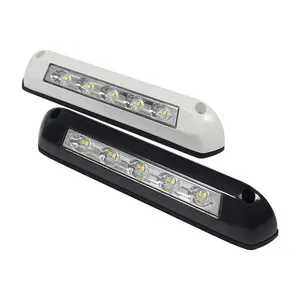

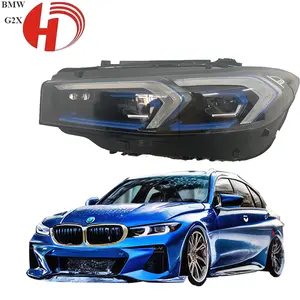



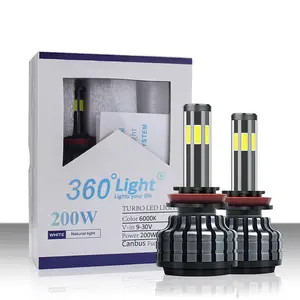




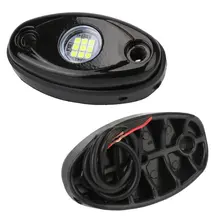


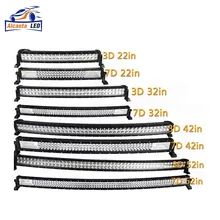


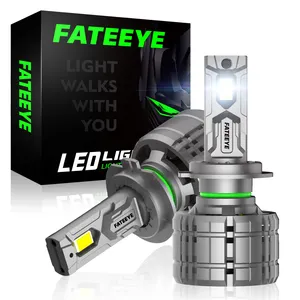

























 浙公网安备 33010002000092号
浙公网安备 33010002000092号 浙B2-20120091-4
浙B2-20120091-4